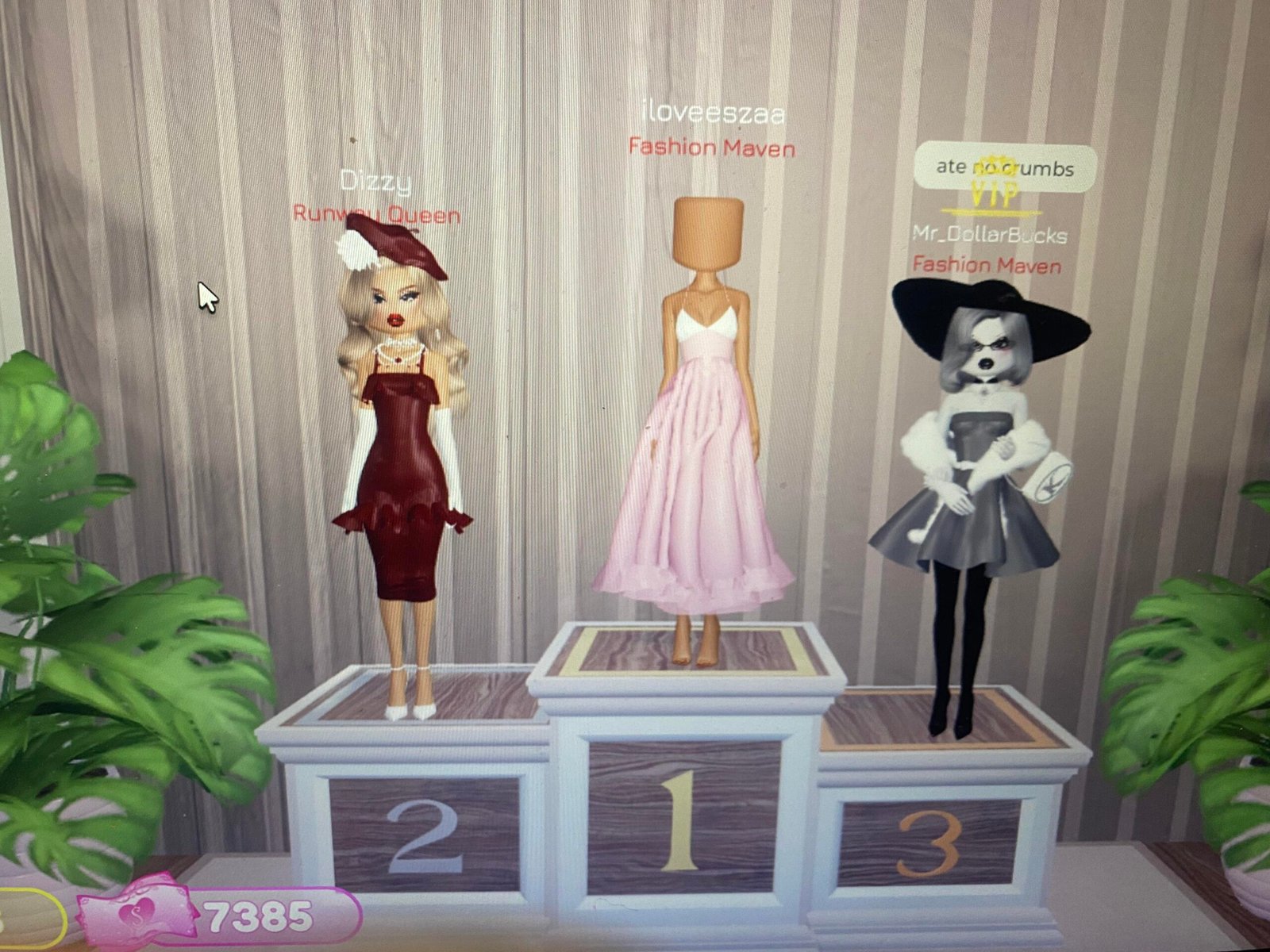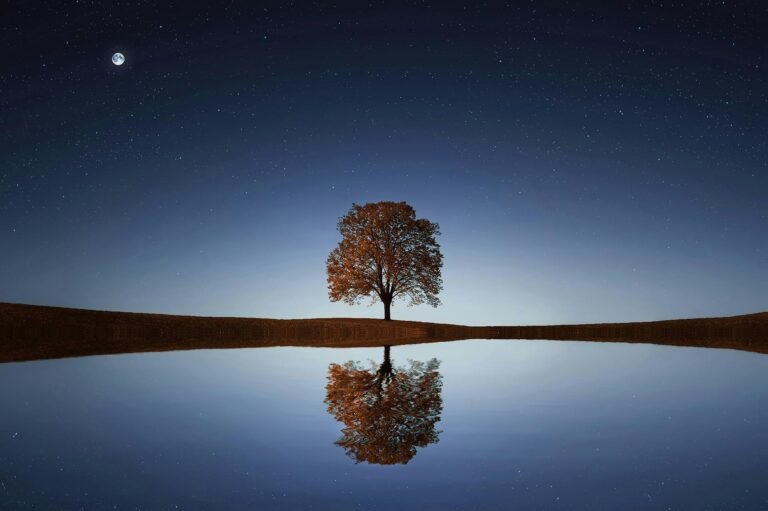
Old Hollywood, often synonymous with timeless glamor and iconic cinema, evokes an era defined by captivating storytelling, legendary actors, and unforgettable aesthetics. The term “Old Hollywood DTI” captures the essence of this golden age, spanning from the silent film era of the 1920s to the early 1960s. Through the ages, the allure of Old Hollywood continues to influence fashion, film, and culture, standing as a lasting symbol of artistry and elegance. Dive into the depths of Old Hollywood’s history, legendary figures, and the unmistakable influence of “Old Hollywood DTI” on today’s world.
The Birth of Old Hollywood DTI
During the early 20th century, Hollywood emerged as the epicenter of the American film industry, with studios like MGM, Warner Bros., and Paramount leading the charge. As technology evolved, so did the artistry and ambition of filmmakers. With the advent of talkies in the late 1920s, silent film stars transitioned to speaking roles, capturing a global audience with powerful performances that went beyond mere visuals. Hollywood transformed into a cultural powerhouse, drawing talent from across the world to participate in this growing medium.
The Rise of the Studio System and Its Impact
Central to the concept of “Old Hollywood DTI” was the studio system—a powerful structure in which major studios exercised full control over actors, directors, and screenwriters. Major studios signed actors to long-term contracts, tightly controlling their public image, personal lives, and career paths. Studios like Metro-Goldwyn-Mayer (MGM) and 20th Century Fox created polished star personas, elevating actors to iconic status. This strict yet successful system fueled some of the industry’s most unforgettable stories and helped shape the glamour associated with Old Hollywood DTI.
Key Figures of Old Hollywood: Icons Who Defined the Era
The term “Old Hollywood DTI” would be incomplete without mentioning the stars who embodied its spirit. Humphrey Bogart, Marilyn Monroe, and Audrey Hepburn are names forever etched in cinema history, their influence reaching beyond their films. Bogart, with his rugged charisma, became the face of film noir, while Monroe’s beauty and vulnerability gave rise to a new definition of femininity. Hepburn’s elegance and refined fashion sense continue to inspire style decades later. These stars, along with many others, helped solidify the identity of Old Hollywood DTI as one of glamor, mystery, and magnetism.
Old Hollywood DTI’s Influence on Fashion and Style
From intricate gowns to sleek tuxedos, Old Hollywood set the standard for red carpet fashion and remains a reference point for elegance. Fashion designers like Edith Head crafted gowns for stars that defined the period’s aesthetic. The iconic ‘Hollywood glam’ style, characterized by tailored suits, polished hairstyles, and bold makeup, became a signature look, influencing fashion trends even in modern Hollywood. As “Old Hollywood DTI” continues to fascinate, vintage-inspired looks frequently resurface on the red carpet and in high fashion.
Film Genres That Defined Old Hollywood
Old Hollywood’s genres were as varied as its stars. Film noir, musicals, westerns, and screwball comedies formed the core of its offerings, each genre showcasing unique storytelling and styles. The haunting allure of film noir, with its morally complex characters and shadowy visuals, captivated audiences. Musicals, in contrast, offered lively entertainment, featuring actors like Judy Garland and Fred Astaire. These genres, along with others, formed the foundation of Old Hollywood DTI and remain essential to understanding its cultural impact.
Classic Films That Shaped the Legacy of Old Hollywood
Iconic films such as Gone with the Wind, Casablanca, Citizen Kane, and Sunset Boulevard are emblematic of the Old Hollywood DTI legacy. Each film brought innovative storytelling, stunning visuals, and memorable performances, influencing generations of filmmakers. Citizen Kane, often regarded as one of the greatest films of all time, showcased groundbreaking techniques in cinematography and narrative. These classics encapsulate the essence of Old Hollywood DTI and are treasured pieces of film history.
Behind the Scenes: Directors and Producers Who Changed Cinema
Beyond the actors, directors and producers played a pivotal role in the development of Old Hollywood DTI. Visionaries like Alfred Hitchcock, Billy Wilder, and Orson Welles brought daring narratives, exploring themes that challenged social norms. These directors used innovative filming techniques and storytelling devices, creating cinematic masterpieces that remain influential. Hitchcock, the “Master of Suspense,” redefined thrillers with psychological depth, while Welles’s revolutionary approach to filmmaking in Citizen Kane continues to be studied by film students globally.
The Influence of Old Hollywood DTI on Modern Cinema
Though the studio system dissolved in the 1960s, the impact of Old Hollywood on modern cinema remains profound. Many contemporary directors cite classic Hollywood films as inspirations, using similar themes, aesthetics, and even visual techniques. Tarantino, Scorsese, and Spielberg, for example, incorporate elements of film noir, vintage styles, and Old Hollywood DTI storytelling into their works. Old Hollywood’s allure is preserved in modern adaptations and reboots, reminding audiences of the enduring appeal of this golden era.
Hollywood Glamour: Hairstyles, Makeup, and Beauty Standards
One cannot discuss Old Hollywood without mentioning its unmistakable beauty standards. Voluminous curls, red lips, winged eyeliner, and flawless skin were hallmarks of the Hollywood star look. Hairstylists and makeup artists developed signature styles, creating looks that became synonymous with glamor. These trends continue to shape beauty standards and are often referenced in red carpet appearances and editorial shoots. The Old Hollywood DTI style remains a timeless aesthetic cherished by makeup artists and beauty enthusiasts alike.
Scandals and Stories Behind the Golden Era
Beneath the polished surface of Old Hollywood DTI lay a world of intrigue, scandal, and hidden drama. The studio system, while glamorous, often suppressed actors’ personal lives, leading to high-profile scandals. From the troubled personal lives of stars like Judy Garland to the mysterious deaths of celebrities, Old Hollywood was rife with controversy. These stories have since become an inseparable part of the Old Hollywood mythos, adding to its mystique and fascination.
The Decline of Old Hollywood DTI and the End of an Era
With the advent of television and the decline of the studio system in the 1960s, Old Hollywood as a cultural institution began to change. Stars gained more freedom but lost the structured support and marketing that the studio system had provided. Independent films and new genres emerged, shifting focus from the polished glamor of Old Hollywood DTI to grittier, realistic portrayals of life. The golden age was over, but the legacy of Old Hollywood would continue to influence generations of filmmakers and audiences.
Old Hollywood DTI in Pop Culture and Beyond
Old Hollywood’s impact on pop culture is undeniable, with countless references in fashion, film, and even music. Movies like La La Land and Once Upon a Time in Hollywood pay homage to this bygone era, while fashion brands release vintage-inspired collections. Even today’s stars, such as Natalie Portman and Ryan Gosling, often emulate the glamor of Old Hollywood DTI in photoshoots and on the red carpet, proving that this iconic style and era continue to enchant.
The Timeless Legacy of Old Hollywood DTI
The era of Old Hollywood might have ended, but its legacy lives on in fashion, film, and cultural aesthetics. The allure of classic Hollywood glamor, with its defined beauty standards and legendary stars, remains a compelling ideal. For film buffs, fashion enthusiasts, and anyone captivated by elegance and intrigue, the essence of Old Hollywood DTI will always hold a place in history, continuing to captivate new generations who long for the golden age of cinema.
Conclusion
Old Hollywood DTI remains a timeless source of inspiration, from its iconic stars to its influential films. Embracing elegance, style, and cinematic storytelling, Old Hollywood stands as an enduring legacy that continues to shape modern cinema and fashion. The charm and mystery of Old Hollywood are forever embedded in popular culture, a beacon of glamor and storytelling that will never fade.



